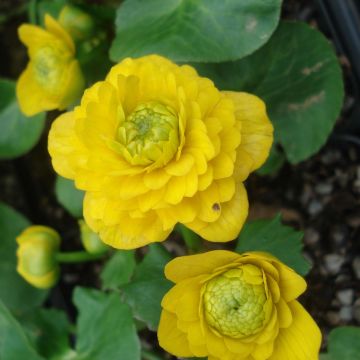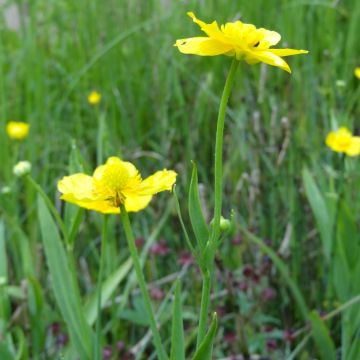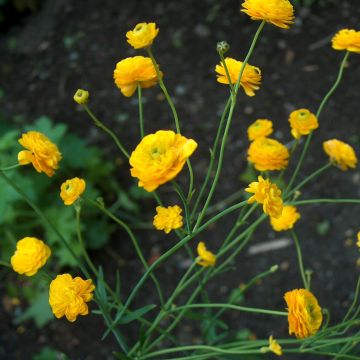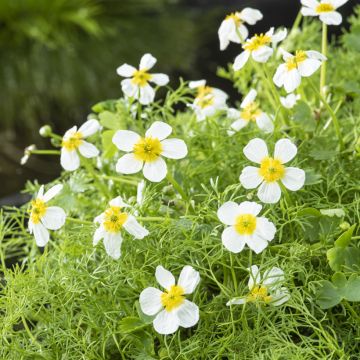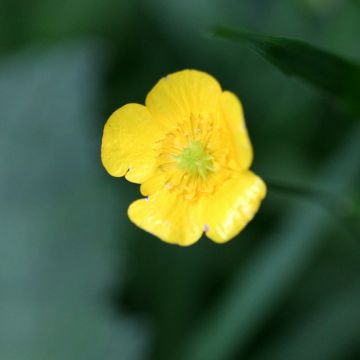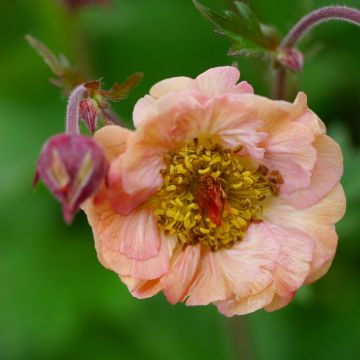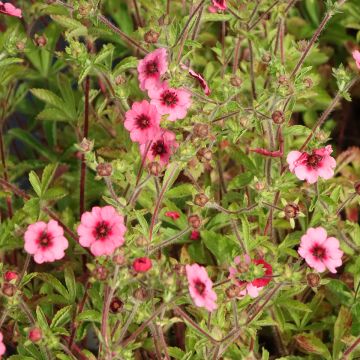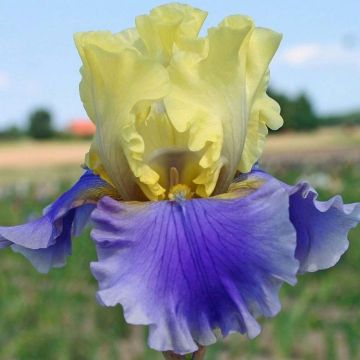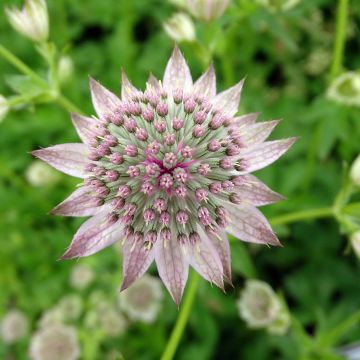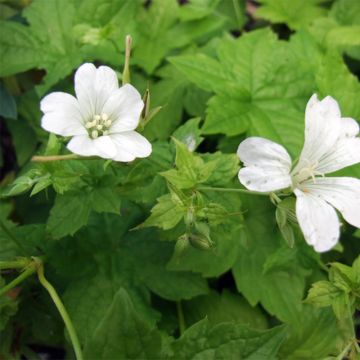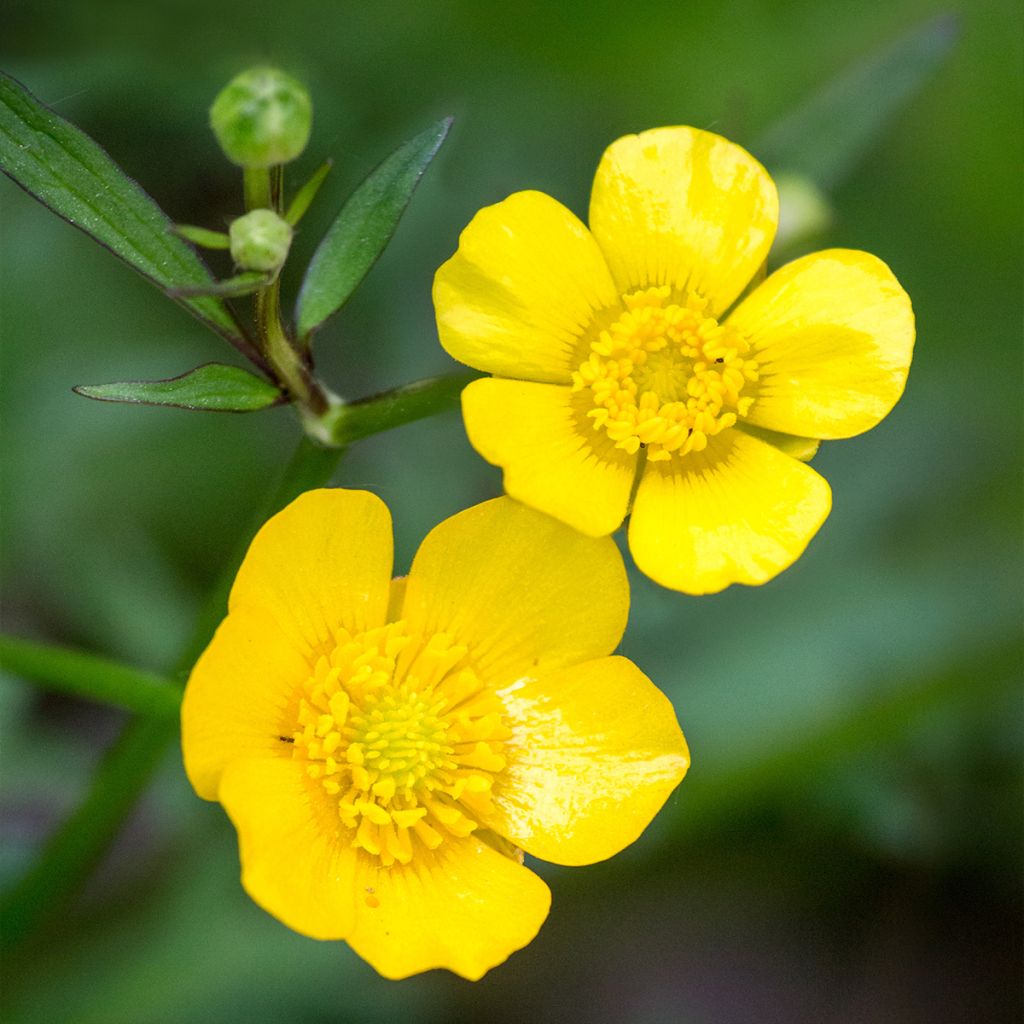

Ranunculus acris - Bouton d'or
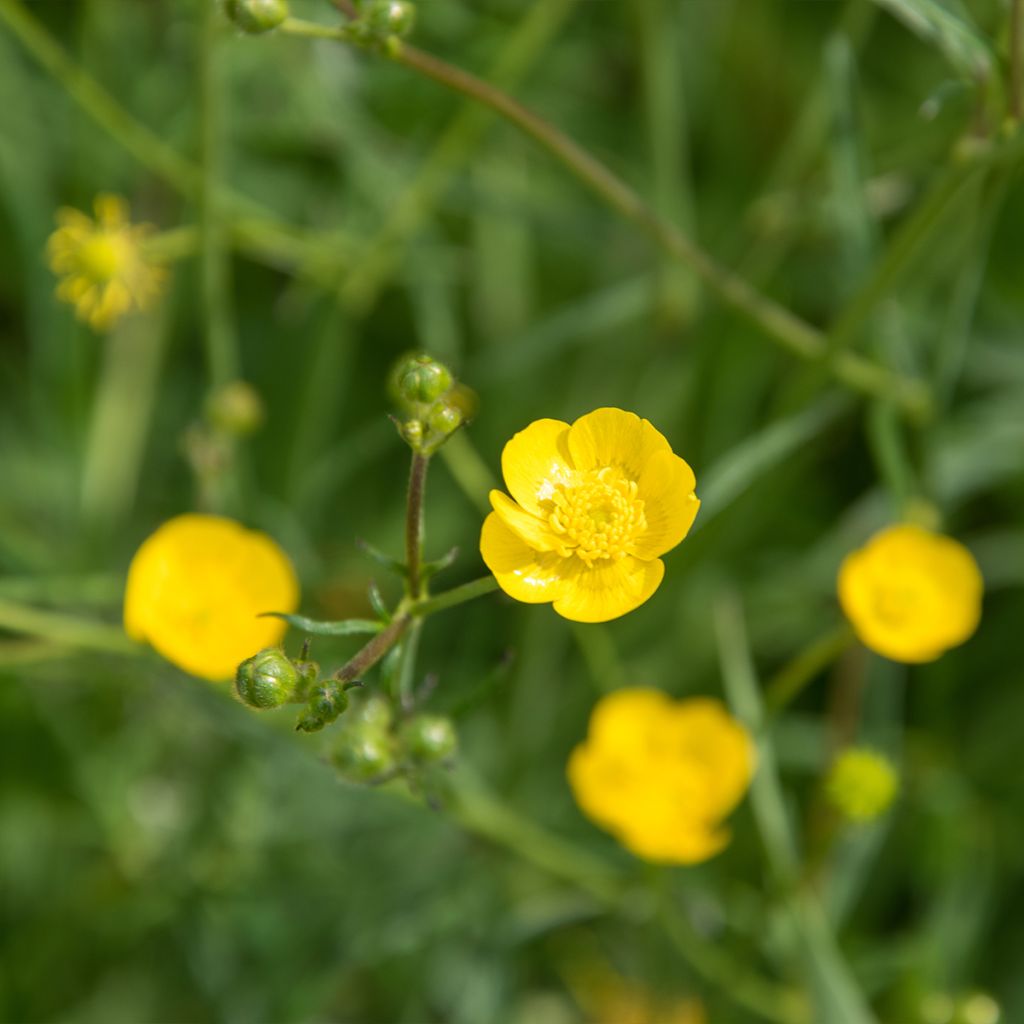

Ranunculus acris - Bouton d'or
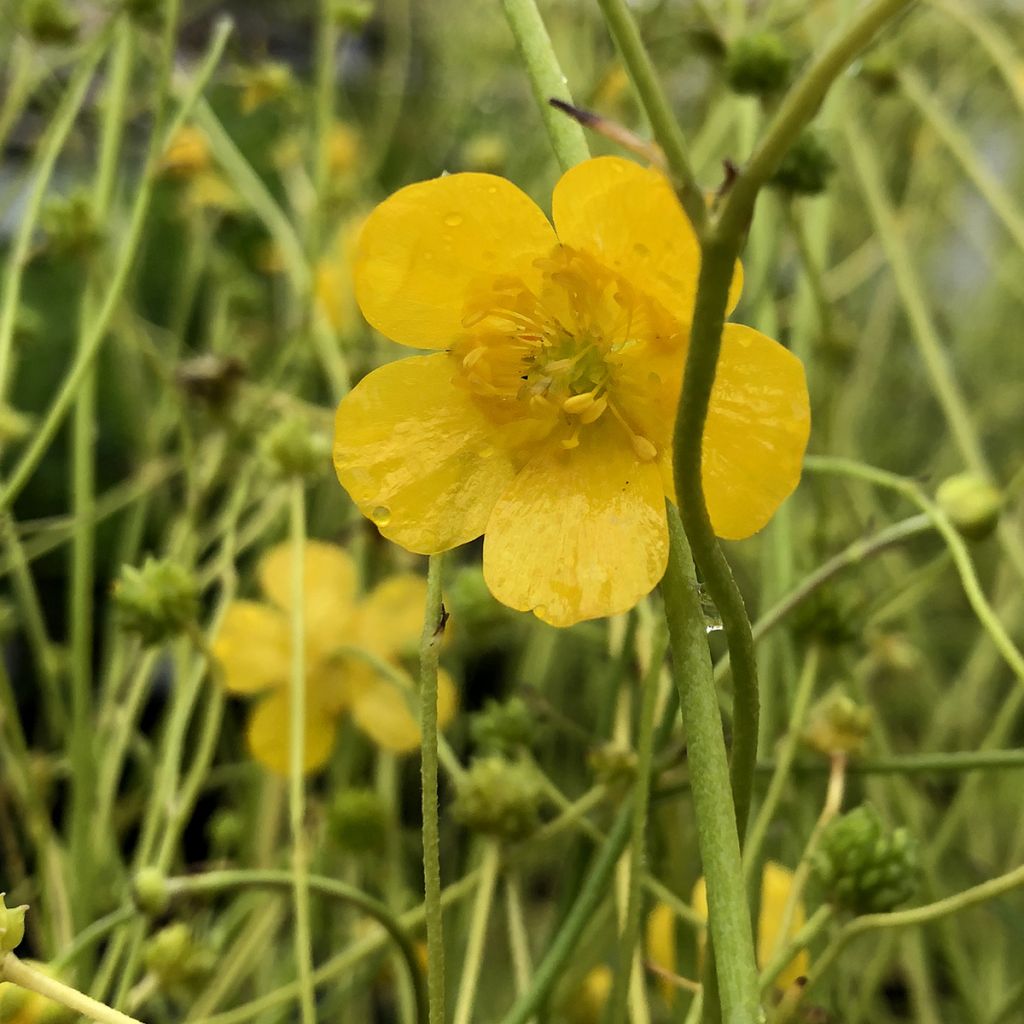

Ranunculus acris - Bouton d'or
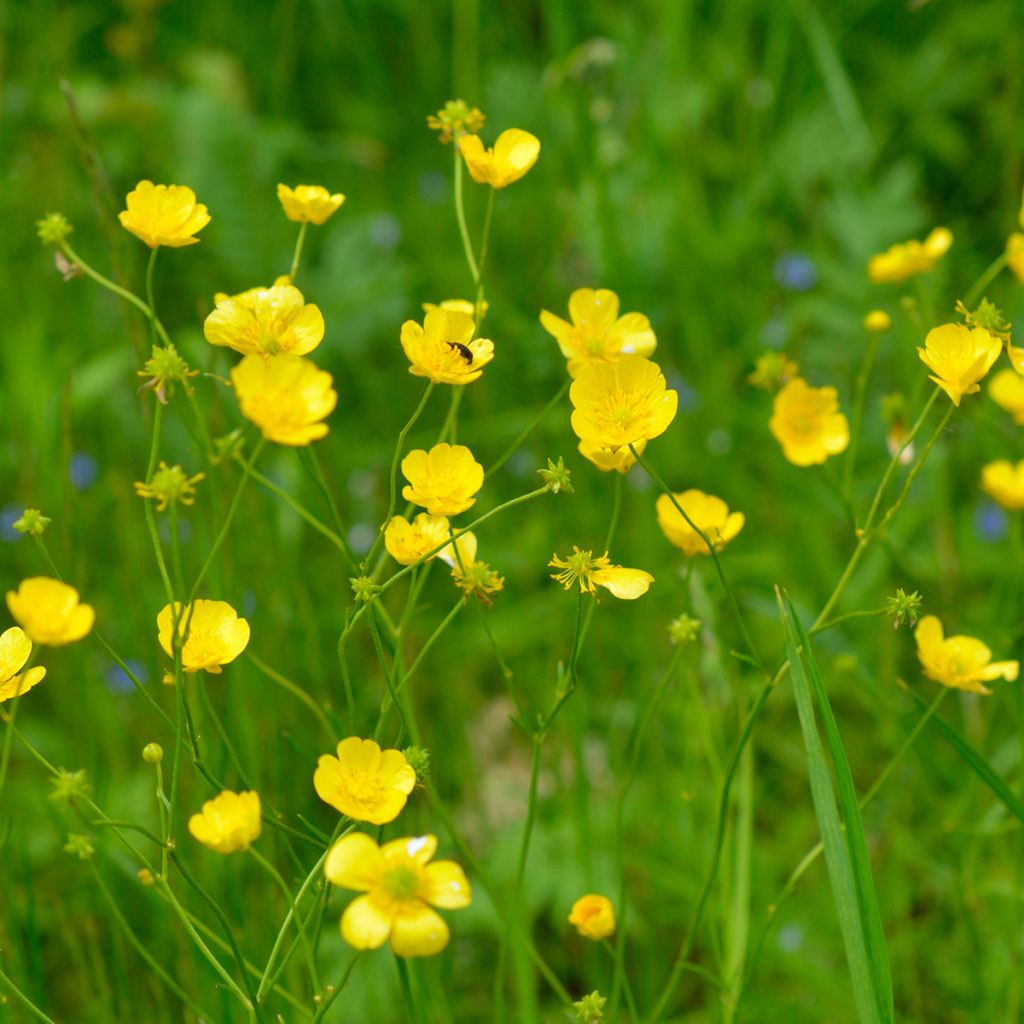

Ranunculus acris - Bouton d'or
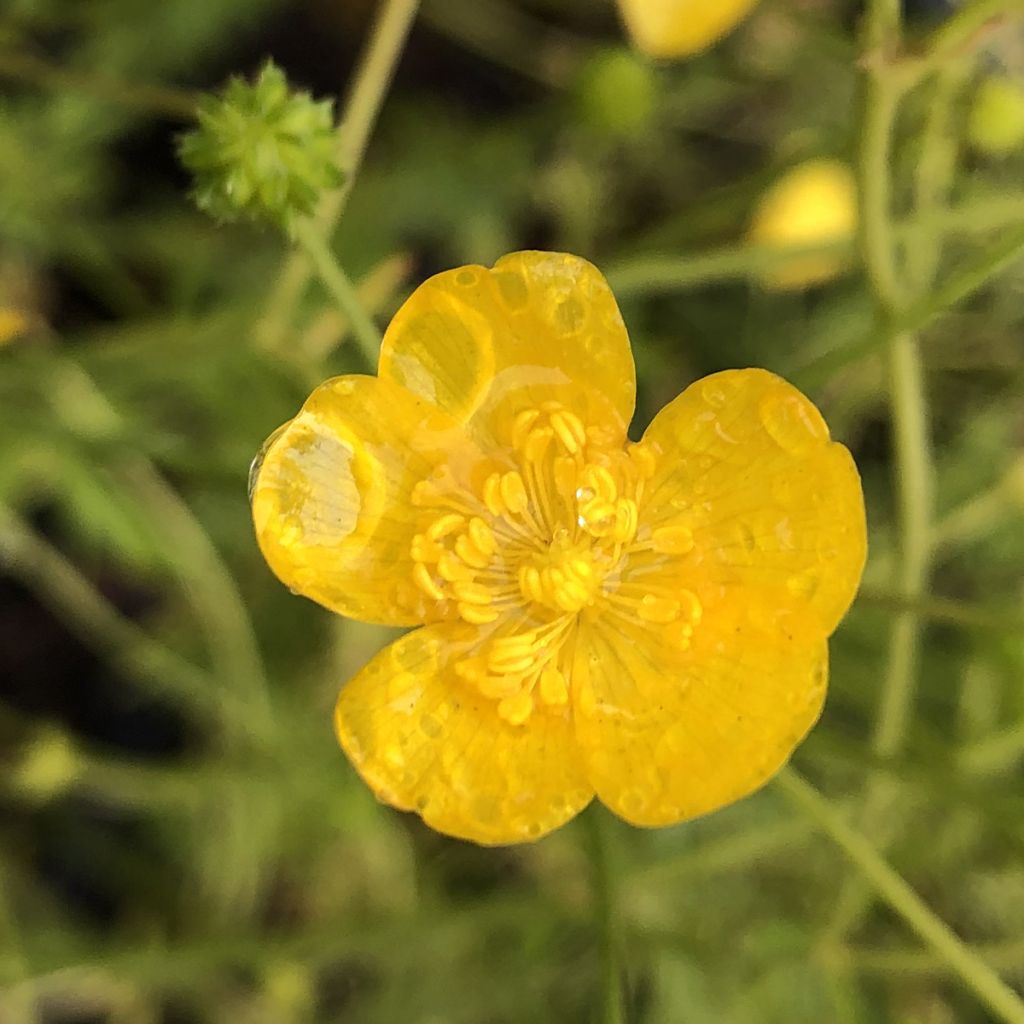

Ranunculus acris - Bouton d'or
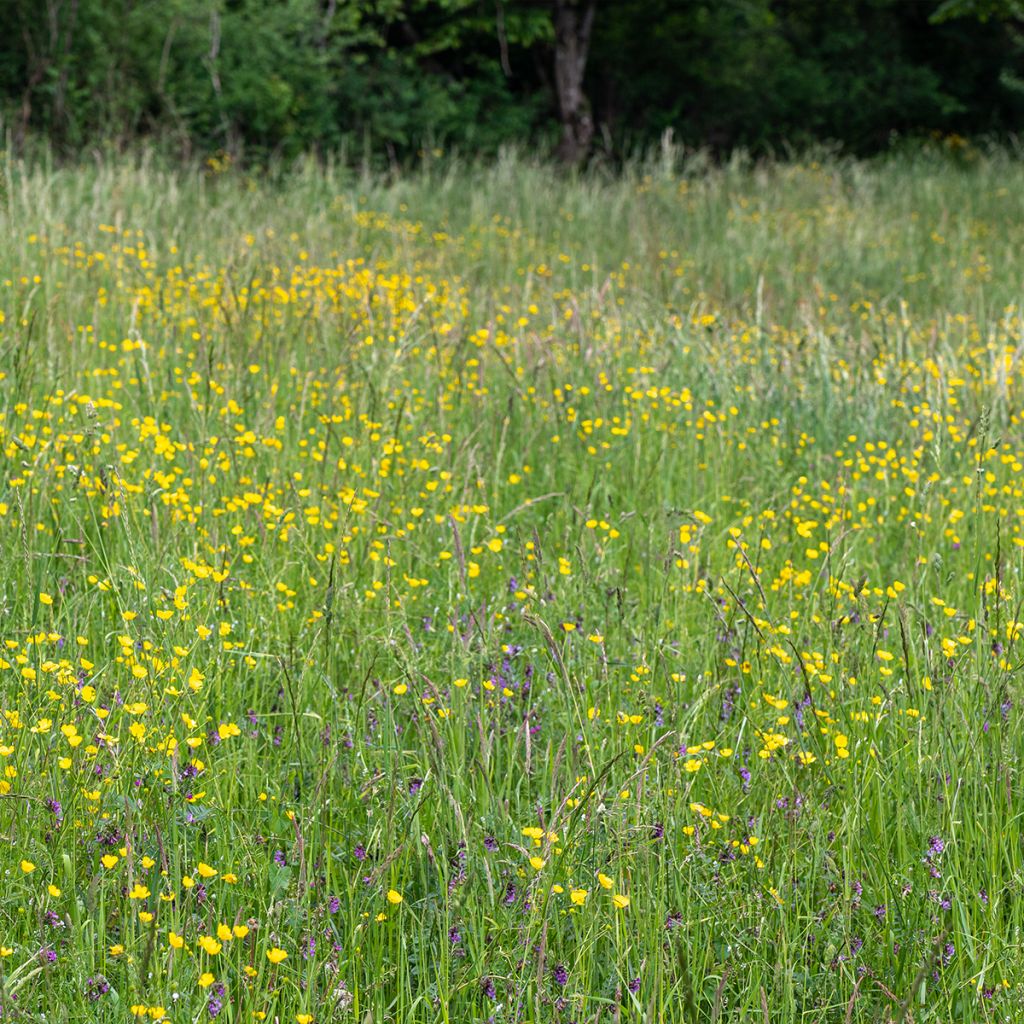

Ranunculus acris - Bouton d'or
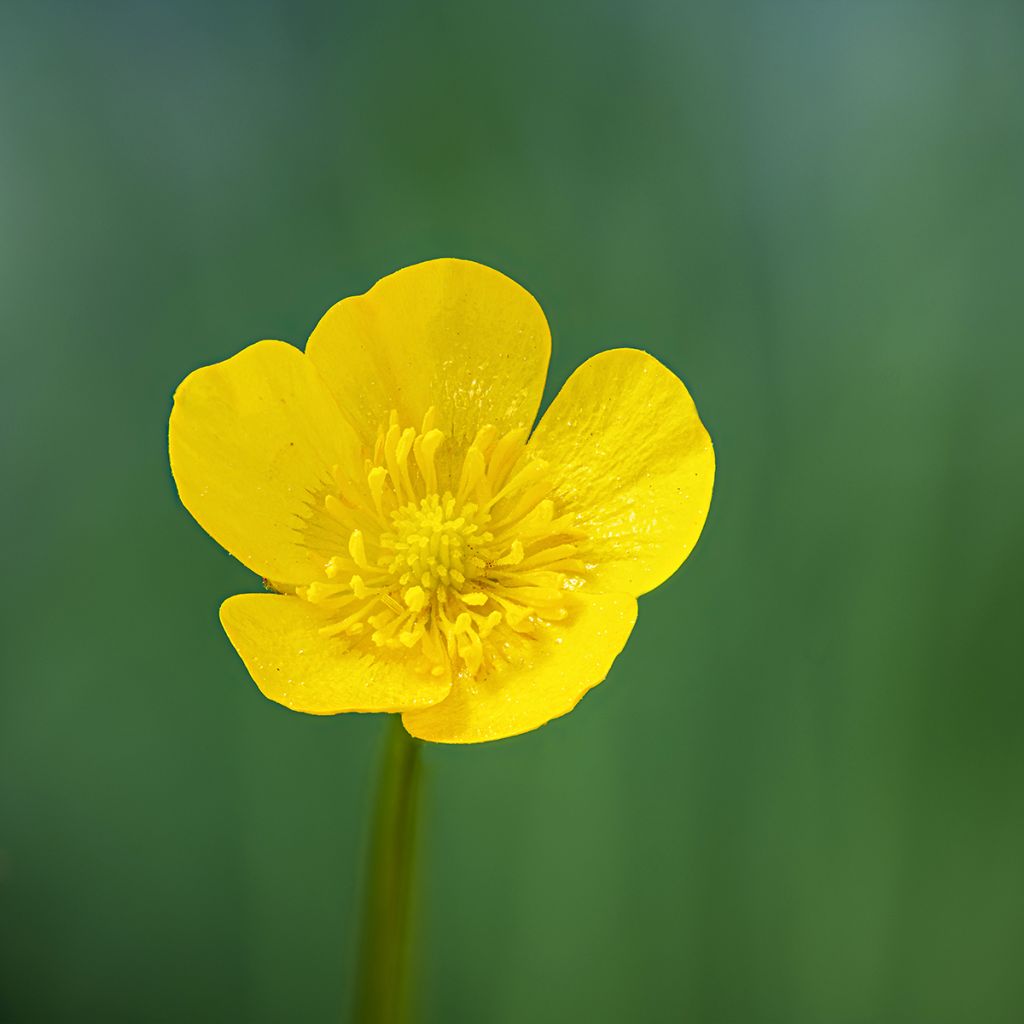

Ranunculus acris - Bouton d'or
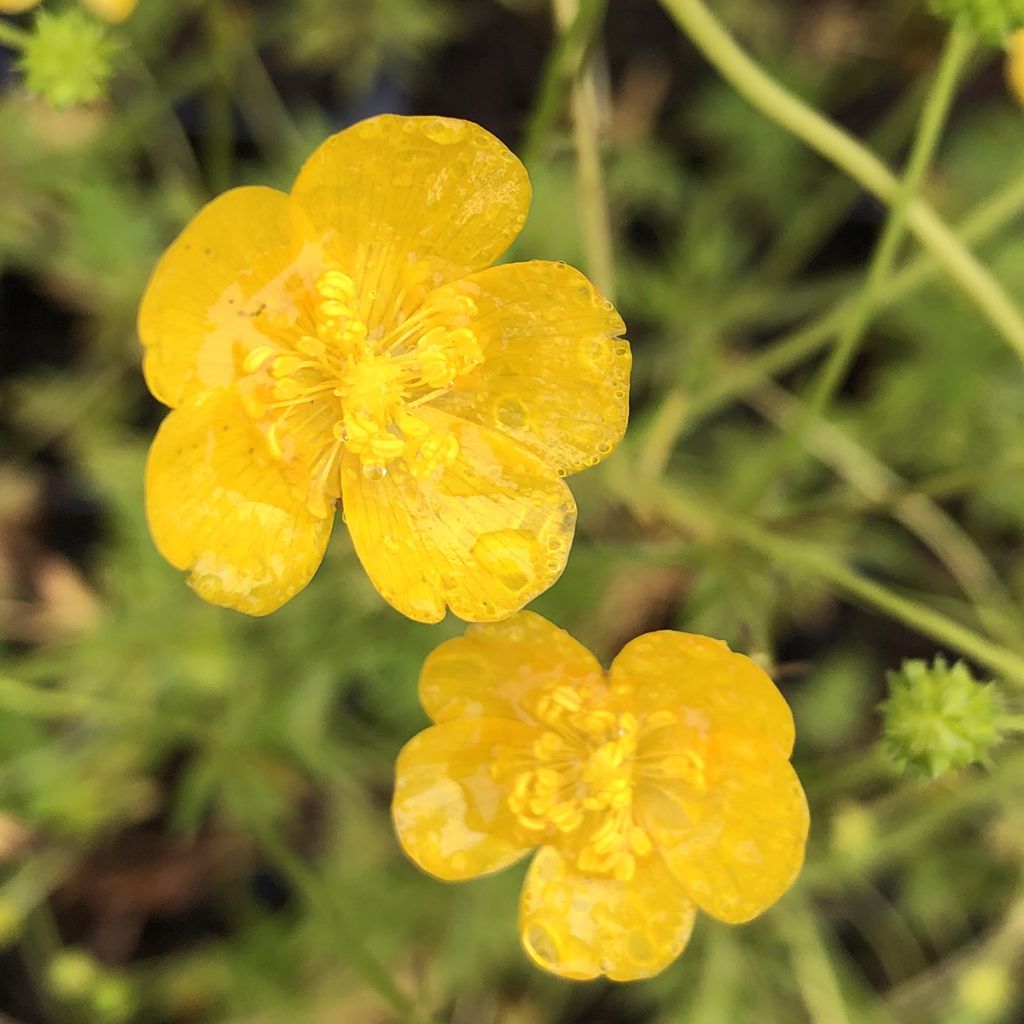

Ranunculus acris - Bouton d'or
Ranunculus acris - Meadow Buttercup
Ranunculus acris
Meadow Buttercup, Tall Buttercup, Gold Buttons
Hello, in my opinion, it would be interesting to specify in this description that the buttercup is toxic to humans, cows, horses... and this only when it is fresh, dry it loses its toxicity.
Aélys, 14/05/2024
Special offer!
Receive a €20 voucher for any order over €90 (excluding delivery costs, credit notes, and plastic-free options)!
1- Add your favorite plants to your cart.
2- Once you have reached €90, confirm your order (you can even choose the delivery date!).
3- As soon as your order is shipped, you will receive an email containing your voucher code, valid for 3 months (90 days).
Your voucher is unique and can only be used once, for any order with a minimum value of €20, excluding delivery costs.
Can be combined with other current offers, non-divisible and non-refundable.
Home or relay delivery (depending on size and destination)
Schedule yourself the delivery date,
and choose your date in cart
This plant benefits a 12 months rooting warranty
More information
We guarantee the quality of our plants for a full growing cycle, and will replace at our expense any plant that fails to recover under normal climatic and planting conditions.
Does this plant fit my garden?
Set up your Plantfit profile →
Description of Ranunculus acris - Meadow Buttercup
The Buttercup, in Latin Ranunculus acris, also known as the Meadow Buttercup, is a well-known perennial plant among meadow walkers, which floods meadows from late spring to the end of summer with a multitude of small flowers in an unmistakable yellow. Very easy to grow, to the point of sometimes taking a bit too much liberty, the buttercup has its rightful place in a natural short grass meadow, with grape hyacinths or on the edge of woodlands with forget-me-nots and bluebells. It thrives in almost all exposures, in fertile and moist soils, even clayey ones.
The Ranunculus acris, also known as Tall buttercup or Butterflower, belongs to the buttercup family. This species is native to Europe and Asia Minor, introduced in many regions of the world. It is a charming perennial with tuberous roots arranged in bundles, whose above-ground vegetation dies in winter and regrows in spring. With rapid growth, the plant forms a clump of 30 to 90 cm (12 to 35in) in height that spreads about 50 cm (20in). Flowering takes place from May-June to September, in the form of 5-petal flowers that form a cup 2-3 cm (1in) in diameter. They are carried by hairy, upright and branched stems. This flowering is nectariferous. It is followed by the formation of fruits with a beak called achenes, containing seeds that self-sow. The plant's leaves are either basal, arranged in a rosette, or cauline, attached to the stems. They are a vivid green, deeply incised into lobes, with toothed edges. The lamina is often stained red at the base.
Very easy to grow in ordinary soil, the buttercup has excellent hardiness (-20°C (-4°F)). It clearly prefers moist or even marshy soils, but also adapts easily to any good soil that is not too dry. Plant this buttercup in the short grass meadow or in a large country-style border, alongside cornflowers, hyssops, borage, or blue forget-me-nots, with their complementary colours. It is also a good perennial for moist banks, even in partial shade, next to Chocolate Wings Rodgersias or Brunette Actaea simplex with purple foliage.
Report an error
Ranunculus acris - Meadow Buttercup in pictures
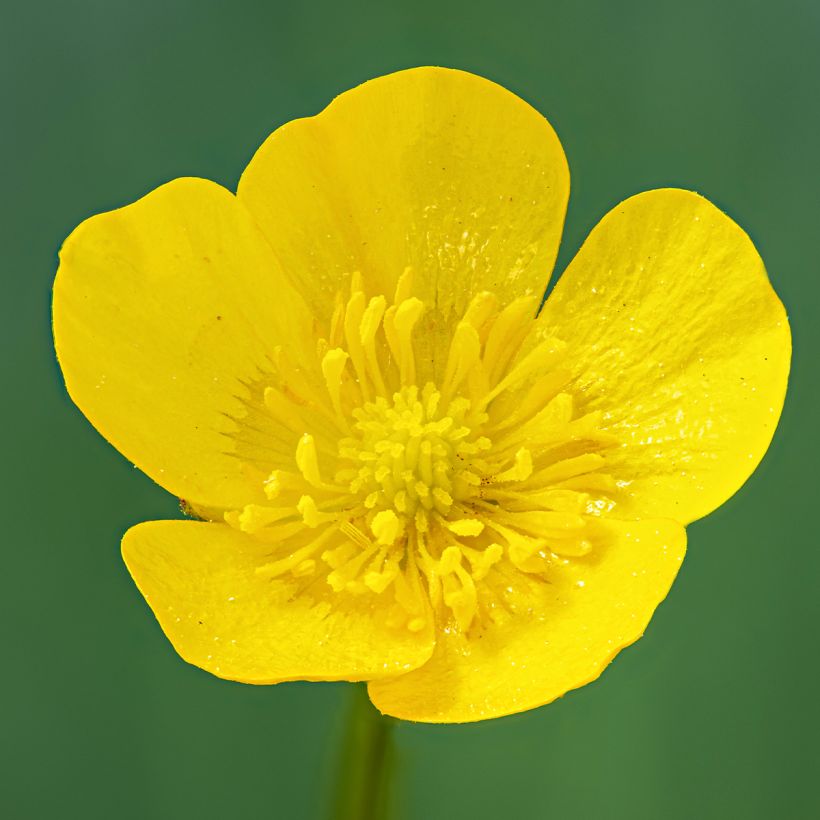

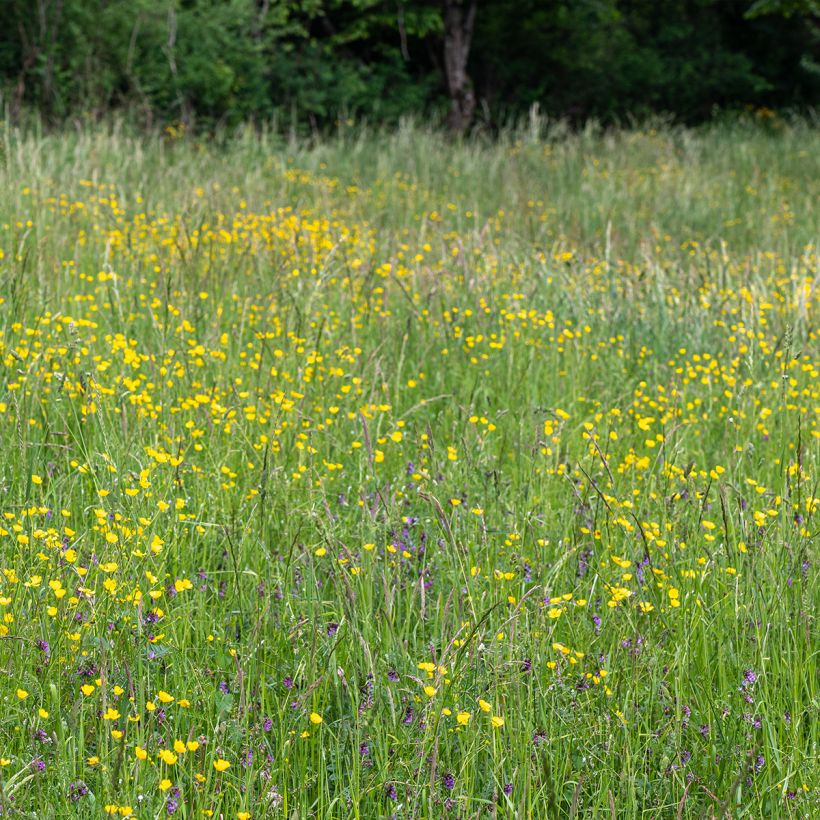

Flowering
Foliage
Plant habit
Botanical data
Ranunculus
acris
Ranunculaceae
Meadow Buttercup, Tall Buttercup, Gold Buttons
Western Europe
Other Ranunculus - Buttercup
View All →Planting of Ranunculus acris - Meadow Buttercup
The buttercup thrives in any moist to wet soil, even limestone or clayey soil. It appreciates sunny exposures, but also grows in partial shade or even in shade. It is a plant that can be invasive, as it self-seeds spontaneously. It is often prey to slugs and snails, aphids, and can be susceptible to powdery mildew in dry conditions. You can mow or prune the faded flowers to prevent spontaneous sowing. This plant requires no other maintenance.
When to plant?
Where to plant?
Care
Planting & care advice
-
, onVetted order
Response from on Promesse de fleurs
Similar products
You have not found what you were looking for?
Hardiness (definition)

Photo Sharing Terms & Conditions
In order to encourage gardeners to interact and share their experiences, Promesse de fleurs offers various media enabling content to be uploaded onto its Site - in particular via the ‘Photo sharing’ module.
The User agrees to refrain from:
- Posting any content that is illegal, prejudicial, insulting, racist, inciteful to hatred, revisionist, contrary to public decency, that infringes on privacy or on the privacy rights of third parties, in particular the publicity rights of persons and goods, intellectual property rights, or the right to privacy.
- Submitting content on behalf of a third party;
- Impersonate the identity of a third party and/or publish any personal information about a third party;
In general, the User undertakes to refrain from any unethical behaviour.
All Content (in particular text, comments, files, images, photos, videos, creative works, etc.), which may be subject to property or intellectual property rights, image or other private rights, shall remain the property of the User, subject to the limited rights granted by the terms of the licence granted by Promesse de fleurs as stated below. Users are at liberty to publish or not to publish such Content on the Site, notably via the ‘Photo Sharing’ facility, and accept that this Content shall be made public and freely accessible, notably on the Internet.
Users further acknowledge, undertake to have ,and guarantee that they hold all necessary rights and permissions to publish such material on the Site, in particular with regard to the legislation in force pertaining to any privacy, property, intellectual property, image, or contractual rights, or rights of any other nature. By publishing such Content on the Site, Users acknowledge accepting full liability as publishers of the Content within the meaning of the law, and grant Promesse de fleurs, free of charge, an inclusive, worldwide licence for the said Content for the entire duration of its publication, including all reproduction, representation, up/downloading, displaying, performing, transmission, and storage rights.
Users also grant permission for their name to be linked to the Content and accept that this link may not always be made available.
By engaging in posting material, Users consent to their Content becoming automatically accessible on the Internet, in particular on other sites and/or blogs and/or web pages of the Promesse de fleurs site, including in particular social pages and the Promesse de fleurs catalogue.
Users may secure the removal of entrusted content free of charge by issuing a simple request via our contact form.
The flowering period indicated on our website applies to countries and regions located in USDA zone 8 (France, the United Kingdom, Ireland, the Netherlands, etc.)
It will vary according to where you live:
- In zones 9 to 10 (Italy, Spain, Greece, etc.), flowering will occur about 2 to 4 weeks earlier.
- In zones 6 to 7 (Germany, Poland, Slovenia, and lower mountainous regions), flowering will be delayed by 2 to 3 weeks.
- In zone 5 (Central Europe, Scandinavia), blooming will be delayed by 3 to 5 weeks.
In temperate climates, pruning of spring-flowering shrubs (forsythia, spireas, etc.) should be done just after flowering.
Pruning of summer-flowering shrubs (Indian Lilac, Perovskia, etc.) can be done in winter or spring.
In cold regions as well as with frost-sensitive plants, avoid pruning too early when severe frosts may still occur.
The planting period indicated on our website applies to countries and regions located in USDA zone 8 (France, United Kingdom, Ireland, Netherlands).
It will vary according to where you live:
- In Mediterranean zones (Marseille, Madrid, Milan, etc.), autumn and winter are the best planting periods.
- In continental zones (Strasbourg, Munich, Vienna, etc.), delay planting by 2 to 3 weeks in spring and bring it forward by 2 to 4 weeks in autumn.
- In mountainous regions (the Alps, Pyrenees, Carpathians, etc.), it is best to plant in late spring (May-June) or late summer (August-September).
The harvesting period indicated on our website applies to countries and regions in USDA zone 8 (France, England, Ireland, the Netherlands).
In colder areas (Scandinavia, Poland, Austria...) fruit and vegetable harvests are likely to be delayed by 3-4 weeks.
In warmer areas (Italy, Spain, Greece, etc.), harvesting will probably take place earlier, depending on weather conditions.
The sowing periods indicated on our website apply to countries and regions within USDA Zone 8 (France, UK, Ireland, Netherlands).
In colder areas (Scandinavia, Poland, Austria...), delay any outdoor sowing by 3-4 weeks, or sow under glass.
In warmer climes (Italy, Spain, Greece, etc.), bring outdoor sowing forward by a few weeks.






























